Any farmer wants to receive a consistently large harvest every year or even several times a year. And if earlier, all the hope was for good weather, now we can grow any cultures with the help of modern agrotechnologies. One of them is the development of soil and plants with a humate. Hums of potassium could have gained the greatest popularity in medium latitudes. In this article you will learn what it is, and as potassium humans are capable of improving the yield and quality of products several times.
What is Gumat
Humaths are called potassium or sodium salts obtained from concentrated humic acids. These two substances (acid and humate) are the main chemical leaving any soil, its concentrate. The quality of humus is responsible for the activity of almost all biochemical processes occurring in the soil.
Gumus is formed in a consequence of the decomposition of the organic organics - microbes living in the soil process the deceased plants, fruits, insects, etc. The increment of humus occurs as a result of an anaerobic process (with a lack of oxygen). If the oxygen in excess, the soil is oxidized and quickly dishes. This can be achieved by regular plowing. It is logical that the larger in the soil of organic residues, the faster Gumus will be formed. Many dackets make special compost pits on the plots - the organic residues in a bunch and provide the necessary anaerobic layer.
Scientists found out that the humats are able to influence the soil, plants and water 16 in various ways, the most important of which are the addition of nutrient components, protection against poisonous compounds and heavy metals, as well as stimulation of cultural growth. In addition, humus affects the physical properties of the soil, staining it into a dark brown or black color, thereby enhancing its heating under the sunlight. The land enriched with humus is capable of holding more moisture, sandal soils become more stable and connected, and clay soil - more loose.
The humus changes not only physics, but also chemistry of the soil, making it optimal for growing garden and garden crops. The release of the desired plant elements occurs due to the dissolution of minerals with humic acids. The humus in this case plays the role of a buffer zone, delaying in itself and returning if necessary, the necessary number of acids and alkalis. Thus, each plant receives exactly so much nutrient elements as it is necessary for height, and you get a rich and beautiful harvest.
The advantages of humate:
- Raw materials from which fertilizer is made fully organic origin and absolutely eco. Through the use of modern microbiological technologies, potassium humate acquires unique physical and chemical properties.
- Undercalign of potassium humate increases yield from 20% to 50%.
- Comprehensive effect on all parts of the plant: stimulation of photosynthesis, an increase in the mass of the ground-based part and the root system.
- Fruiting begins for a week or two before the usual period, which allows for a season to get several yields.
- Potassium humate strengthens the immunity of plants, since it contains fulvironment and humic acids.
- Plants become more resistant to stress, for example, to a sharp change in weather, droughts, etc. Humaths activate the protective properties of plants and allow you to be guaranteed to obtain a harvest in the most extreme climatic conditions.
- The unique soil microflora, a fertilized potassium humate, increases the chances of germination and the pace of seed germination.
Types of Gumatov
Humaths are two species depending on the raw materials. Their effectiveness, first of all, affects the quality and characteristics of this raw material. So, the greater in it there is humic acids, the more concentrated the final product will be. If potassium humate and sodium humate and sodium is the long-term process of humification, they will turn out more homogeneous, and their quality is stable. Below we will look at the types of potassium humate and tell about the scope of use of each of them.
Peat liquid Gumat
Perhaps the most popular potash humate among modern summer residents. It is a liquid fertilizer of a dark brown color, contains 80% of humate and only 20% of the auxiliary substances. It has a pronounced stimulating effect. It is produced by processing natural peat, from which the main active substances: potassium, phosphorus, nitrogen and various trace elements are extracted.
The popularity of this fertilizer is explained not only by its efficiency, but also by simplicity:
- Instruct the concentrated remedy in cool natural water in the amount of 0.01% of the total volume and, depending on the variety of culture and fertilizer method (soaking bulbs, root fertilizer, etc.).
- To improve the overall state of the soil, add liquid peat humate potassium into water in an amount of 0.1-0.2% of the total volume.
- With nitric or organic fertilizers, liquid potassium humate can be mixed in almost any quantities.
- Peat humate potassium cannot be used together with phosphate products, since as a result, insoluble compounds are formed. Make them into the soil separately.
- When processing a humate growing crops, a significant decrease in the levels of poisons and nitrates in the crop is observed in generally with mineral compositions or eradicates.
Peat powder gumat
You can buy humate potassium in powder in any horticultural store. This fertilizer is also very convenient to use, since it is easily dissolved in water.
Impact of powder humate on plants:
- strengthening immunity;
- reducing the concentration of nitrates twice
- acceleration of growth and ripening;
- development of a strong root system;
- increase in the percentage of chlorophyll, vitamins and other nutritional components.
Also, the humate potassium provokes the rapid pace of development of soil microflora, as a result of which high-quality humus is formed in a compost, humus and soil. As a result, an increase in yield to 50%. On average, ripening occurs before the usual period of 10-14 days, and at the same time the soil is not depleted, but, on the contrary, it becomes more fertile. Moreover, the use of humate is economically profitable - 1 kg of fertilizer is able to replace 1 t.
Another important advantage of fertilizer is its ability to bind and remove heavy metals from the soil.
Humat "Sufler"
Humat potassium "Sufler" has proven itself as the most universal fertilizer on an organo-mineral basis.
Among the main advantages of "souflar", the following can be distinguished:
- improving immunity cultures;
- acceleration of seed germination;
- promotes the development of a powerful root system;
- accelerates the timing of crop ripening;
- improves the ability of plants to quickly adapt to climate change;
- performs the functions of a good conductor of nutrients from the soil;
- increases crop storage;
- helps the soil to quickly recover.
The price of Humata Potassium is low, so to afford to receive a consistently good harvest can any gardener. As a rule, the "souflers" is used to feed indoor plants, but it is perfectly suitable for garden crops.
Fertilizer should be made during the period of active growth, starting from early spring and until September, once a week. In the cold season, watering the plants "soufler" is needed once every 1-1.5 months. More detailed instructions for the use of potassium humate are described in detail on a package or bottle. Carefully read it before using the fund.
The use of Gumatov
Undercalign of potassium humate is admissible at all stages of plant growth. Methods for using fertilizers vary depending on the desired result - to quickly stretch the seeds, restore the fertility of the soil, etc. The proper use of potassium humate is a pledge of a rich crop.
How to use Potassium Humat:
- Soaking seeds - dilute 0.5 g of humate in a liter of water (you can use a medical syringe). To withstand the bulbs of plants in a solution of 8 hours, the seeds - 24 hours. Seeds of flowers or cucumbers are recommended to withstand up to 48 hours. For cuttings, it is enough to carry out in a solution of about 14 hours (omitted by 2/3).
- As a fertilizer, the concentration of humate in this case will be weaker. As a fertilizer, it is used for non-smelting feeding (spraying). This is the most effective way to provide a plant with the necessary useful substances through sheet plates. In addition, if we spend the solution through a spray gun, one portion is enough for a fairly large plot. It is convenient to dilute at once 3 g of humate (1 h. L) on 10 liters of water.
- For watering - for watering, humate is used at the beginning of the growing period, making 2-3 breaks for 10 days. At first, 0.5 liters of solution is consumed on one plant, and gradually this amount is brought to 1 liter. If you only landed seedlings, it is recommended to immediately pour it with an aqueous solution of humate, then repeat during the formation of buds and during flowering period. It follows from the calculation of 1 tbsp. l. Potassium humate by 10 liters of warm water. It is recommended to produce a portion in hot water (up to 50 ° C), and when the fertilizer is dissolved, add full volume.
You can store this solution up to 30 days in a dark place in a closed plastic container. - Soil treatment - to improve the soil structure, it is very important to periodically conduct detoxification. To do this, it is enough to scatter for 10 square meters. M is even 50 g of potassium humate, mixing it with small river sand so that it is more convenient to scatter powder. Then you should walk along the area of \u200b\u200bthe robbles to evaporate the fertilizer. In order to quickly prepare a garden to sow, mix a guitamat with ashes and river sand, then scatter it in the right place right through the snow at the beginning of spring. Here the snow will melt faster, so cover the treated area with a dense polyethylene film so that the soil matured to plant.
Useful advice
As you know, different types of soils and climatic conditions of the area require the use of various fertilizers. That is why careful analysis should be carried out and focus on those components that do not get plants to work abundant harvest.
The following recommendations will help you improve the state of the soil on your site:
- Nutritional elements are faster than all shed from light sandy and mixed sampling soils, so it is recommended to fertilize them more often.
- If you have made fertilizers of organic and mineral origin in the autumn period, and in the winter there fell a lot of precipitation, nitrogen deficit arises in the soil, there will also be enough microfertilizers and potassium. Therefore, in the spring you should pay attention to these items.
- Phosphoric fertilizers should be made less frequently than everyone else, since they are almost fixed and remain in the ground. Even with a stitch or shallow weeding, they are delayed at the top of the soil layer.
- If spring and summer were crushed cold, nutrient elements will be absorbed by plants badly and slowly, especially nitrogen fertilizers. Sand soils along with this have a sharp magnesium deficiency, carbonate - lack of iron.
- If you grow cabbage, additionally add to the soil of sulfur, the root crops "love" boron, legumes - molybdenum.
Reviews on the use of potassium humate allow us to draw conclusions that this fertilizer is one of the most efficient and affordable in the domestic market. Its proper use will help you receive consistently high yields several times a year. In addition, the humate is perfect for growing crops in greenhouses and as an additional nutrition of hydroponic plants.

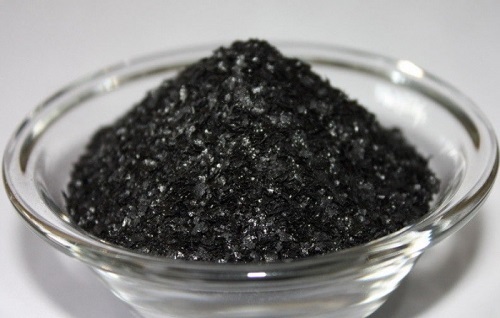
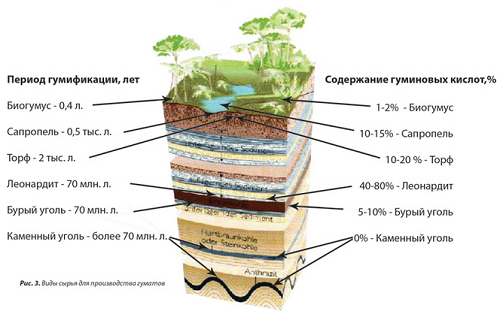
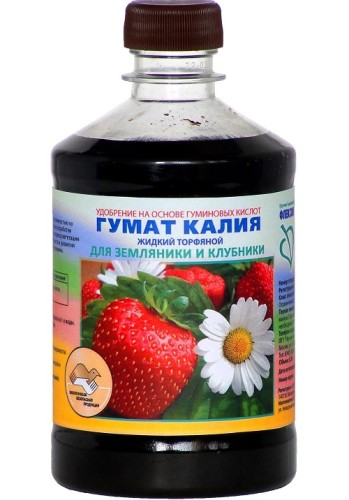
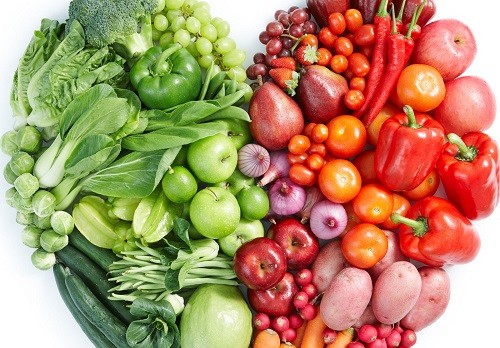
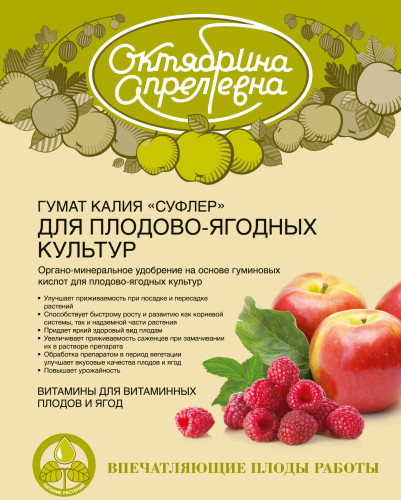
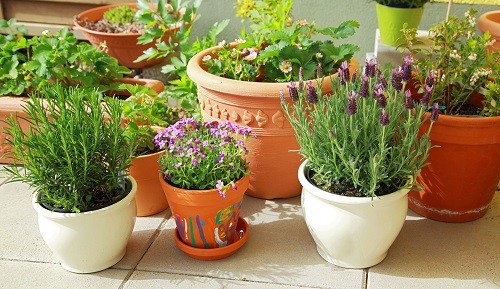
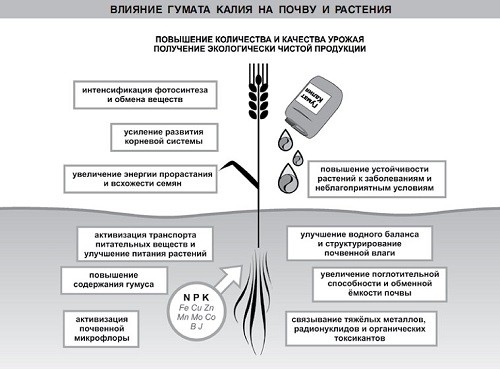
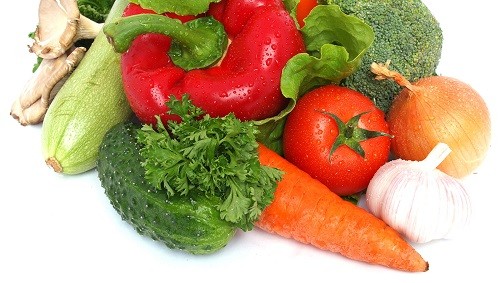
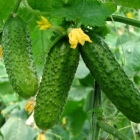
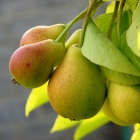

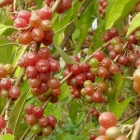
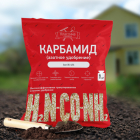
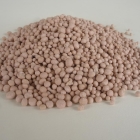
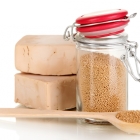

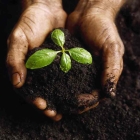
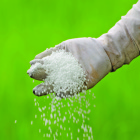
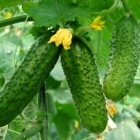
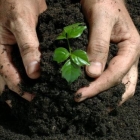
 Start a discussion ...
Start a discussion ...